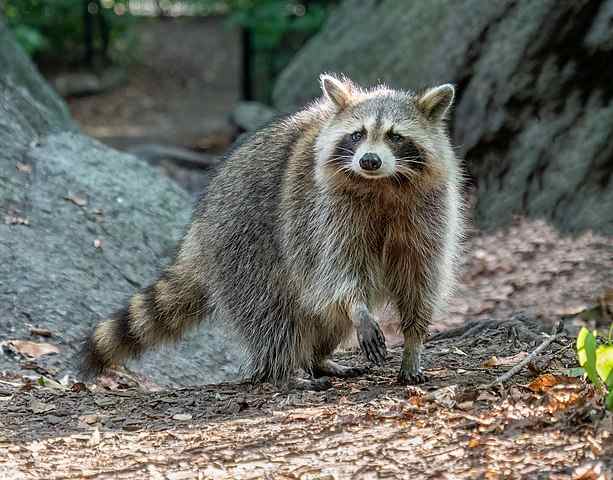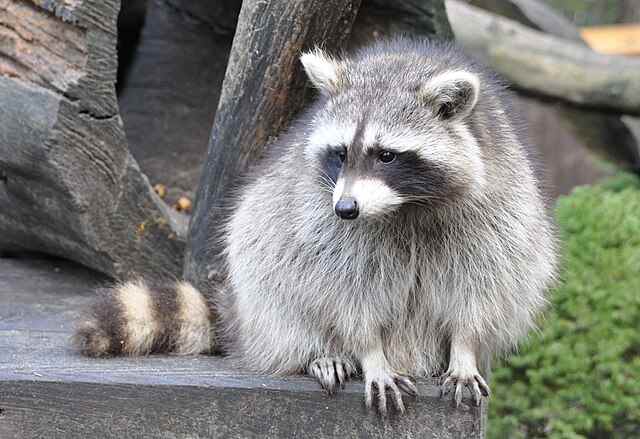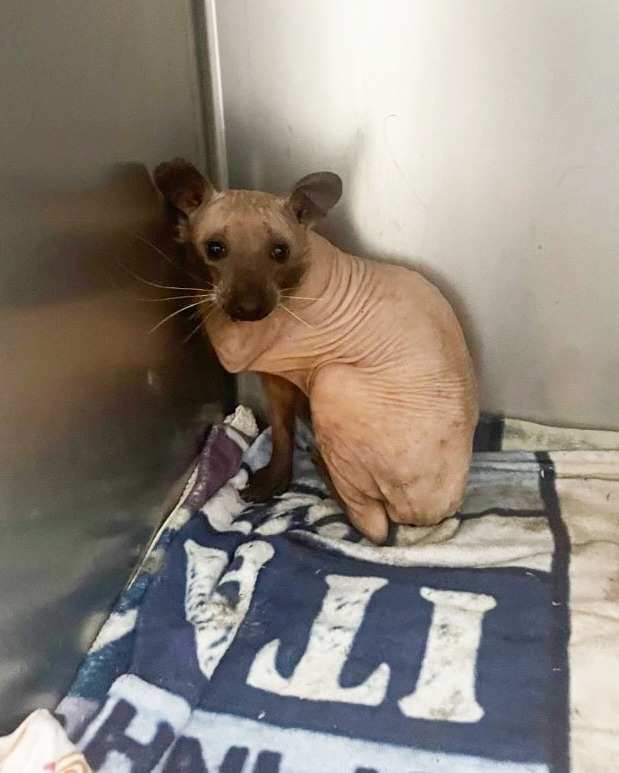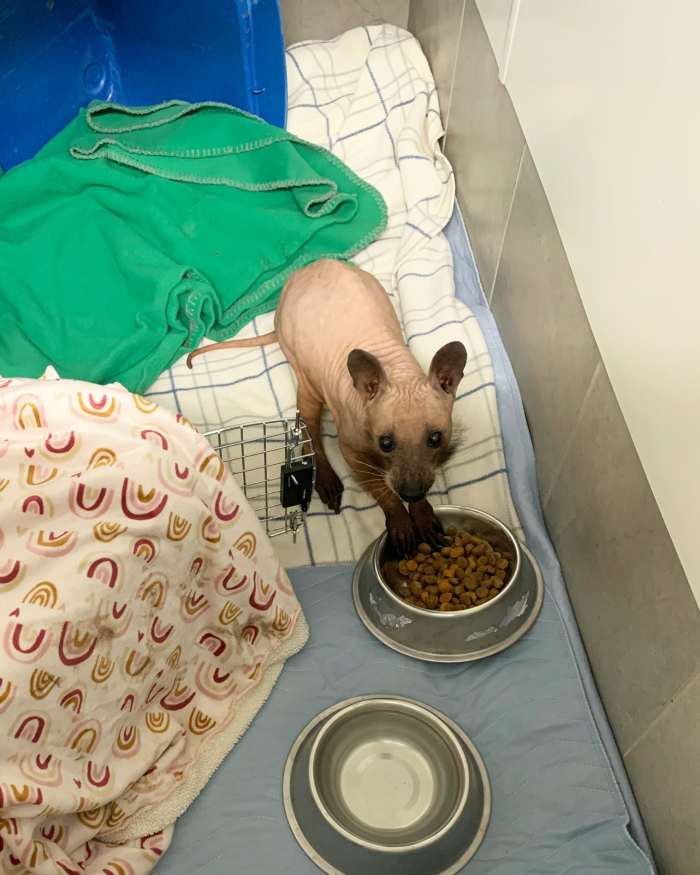A Nova Scotia wildlife shelter is now home to a truly unique raccoon: one without its signature fur coat. Nicknamed “Rufus,” the hairless raccoon is receiving care at Hope for Wildlife, a rescue and rehabilitation center that hopes to nurse her back to health — and potentially regrow her fur.
Hope Swinimer, the shelter’s director, revealed that the raccoon earned her name from the bald mole-rat character in the animated series Kim Possible. Despite being discovered to be female after her arrival, the quirky name stuck.

Photo Credit: Wikimedia
Rufus’s journey to the shelter began last week when a couple in West Arichat found her shivering in their backyard. Weighing only three kilograms, the vulnerable animal was brought to a Cape Breton veterinary clinic for fluids before being transferred to the shelter in Seaforth, Nova Scotia.
Initial examinations revealed that Rufus’s hair loss — referred to as alopecia — is likely a genetic condition rather than a result of parasites or illness. Swinimer expressed hope that with proper nutrition and care, Rufus might regrow her fur, including the black “bandit mask” raccoons are famous for.

Photo Credit: Wikimedia
If her fur doesn’t grow back, the shelter plans to create a permanent, enclosed outdoor habitat where Rufus can live comfortably.
“She’s already showing her mischievous side,” Swinimer said, describing how Rufus removed duct covers and explored the building’s air ducts during her first days at the shelter. “We had a bit of a scare when she disappeared for a few hours, but hunger eventually brought her back out. She’s feisty and improving every day.”

Photo Credit: Hope for Wildlife/Facebook
Swinimer, who has spent over 30 years caring for wildlife, says she has encountered raccoons with alopecia before, but Rufus’s condition is the most severe she’s ever seen. Unlike previous cases where raccoons retained some fur on their faces, Rufus is nearly completely bald, with only small tufts remaining on her snout, ankles, and feet.
Fur isn’t just cosmetic for wild animals — it’s vital for their survival. Without a proper coat, animals like Rufus are highly susceptible to frostbite and other complications, especially in colder climates.

Photo Credit: Hope for Wildlife/Facebook
Hope for Wildlife, currently housing 250 animals, has a history of providing long-term care for animals unable to return to the wild. Its permanent residents include Edward, a bald eagle with a specialized 10-meter enclosure overlooking the ocean, and a visually impaired fox living in a cozy outdoor habitat.
As for Rufus, Swinimer says her journey is just beginning. Whether she regains her fur or not, this resilient raccoon has already captured the hearts of her caretakers — and the internet.